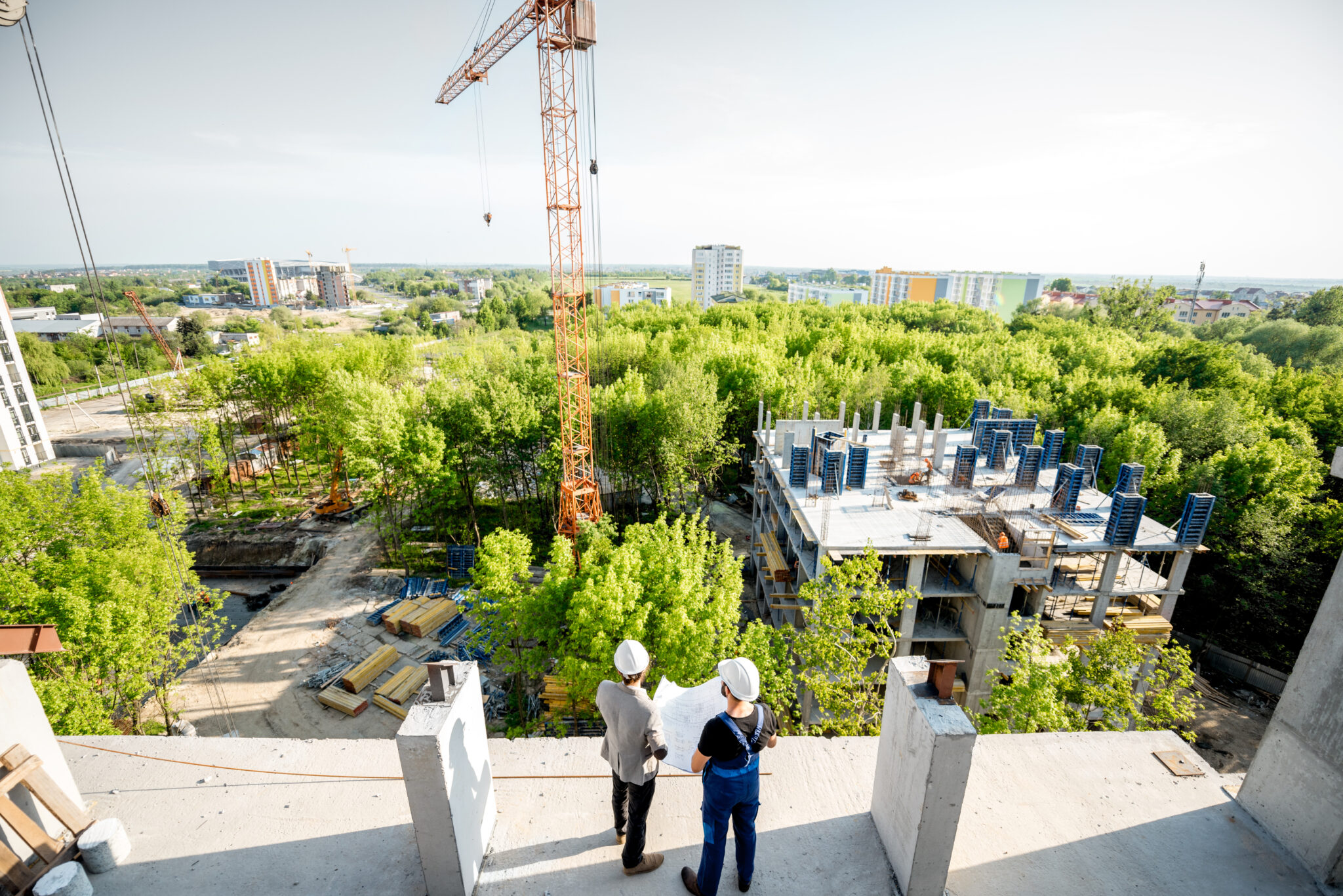The Advancement of Direct Air Capture Technology
If drastic changes regarding CO2 emissions aren’t made soon, the world will be in dire need of large-scale projects to suck carbon dioxide out of the atmosphere by 2030. Direct-air capture technology has the ability to suck carbon dioxide from the air—think: a machine that acts like a group of trees on steroids. Although most of these technologies are still in the early phase of testing and experts have been wary of the possibility of fully functional direct air capture machines, companies in Switzerland (Climeworks), Canada (Carbon Engineering), and the United-States (Global Thermostat) are eager to prove them wrong.
Explore 12 Futuristic Technology Trends Solving Concrete's Biggest Challenges.
Concrete’s Contribution to Climate Change
By now it shouldn’t be news to you that the concrete industry is one of the largest producers of carbon dioxide in the world, producing around 5% of man-made carbon emissions. Approximately 88% of the emissions associated with concrete production are due to fabrication and use of cement. Since cement is a necessary ingredient in strong and durable concrete, it could be hard to replace it with something that produces significantly less CO2.
That being said, concrete can be described as a “green” construction material due to the fact that most of its components are naturally occurring. It is the production process—the extraction and mixing of materials—and its application that produces greenhouse gasses and ceases to be environmentally friendly as all building materials require some level of energy consumption.
Sustainability in Construction
Studies have shown that compared to other building materials in terms of embodied energy—energy used to produce the material—and overall carbon dioxide emission, concrete is the favorable choice for building and infrastructure expansion. In efforts to increase sustainability of the concrete industry, professionals are implementing different strategies to lessen its environmental footprint.
Companies like CarbonCure are developing technologies for concrete manufacturing companies that will recycle carbon dioxide and use it to make stronger and greener concrete. Not only can this technology reduce the industry’s carbon footprint by up to 15% by 2030, but the improved strength of concrete means that buildings could last longer than the typical 60-80 years reducing the turnover rate.
Direct Air Capture Technology
Direct Air Capture machines have been developed to do what plants have been doing for years—capture carbon dioxide from the air and transform it into biomass. This is done by passing ambient air over solid or liquid substances that act as a magnet or sponge to CO2 particles specifically. CO2 molecules stick to these substances until they are fully saturated after which energy is used to release them in a purified form.
When used in the construction industry, DAC systems help ready-mix and concrete producers supply more sustainable concrete. It allows them to utilize recycled carbon dioxide directly in the concrete to increase environmental, material, and economic performance. With this technology cities and communities are able to affordably build greener infrastructure that is stronger and more resilient, and concrete producers are able to play their part in reducing the carbon footprint.
Image source: Climeworks






